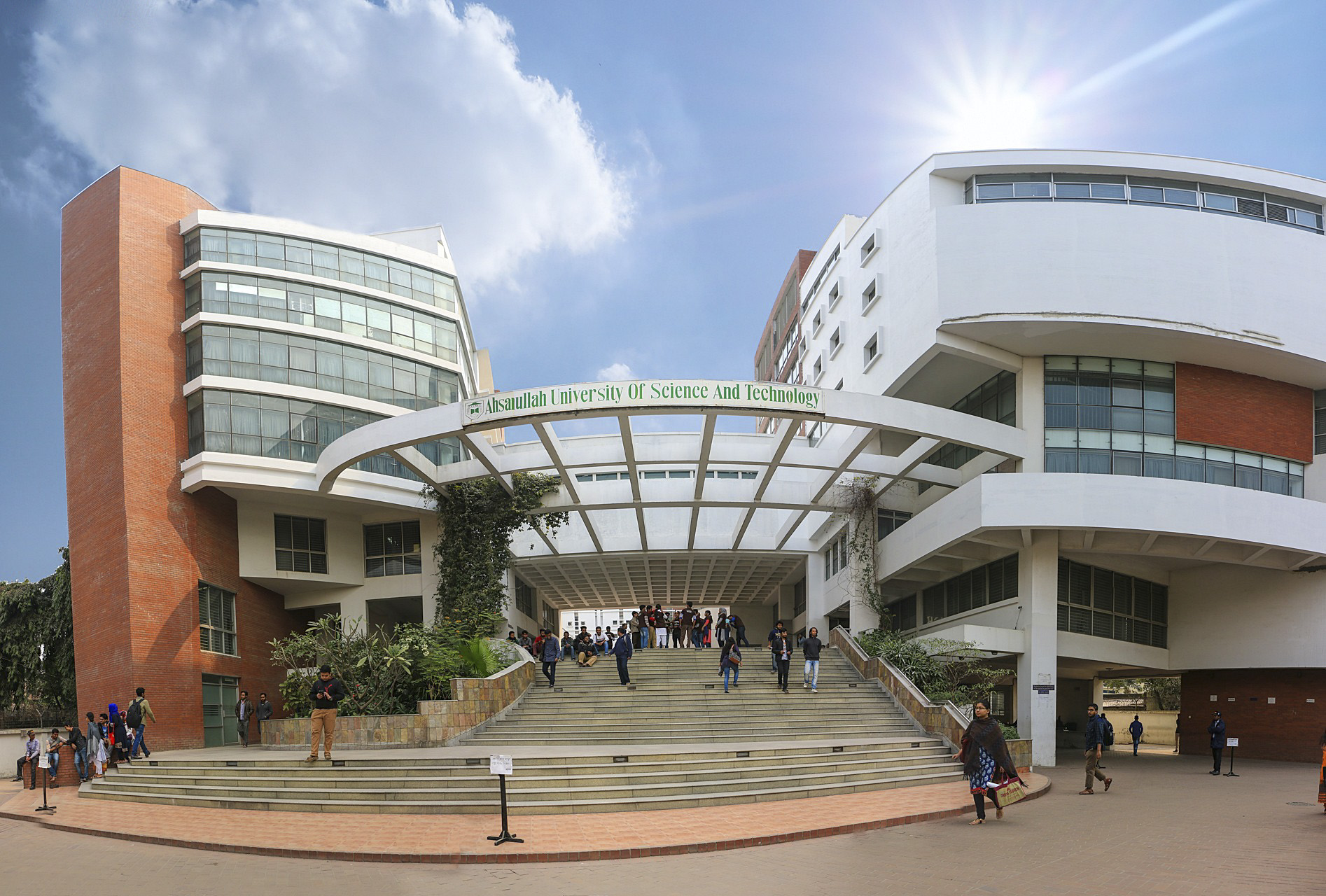

It is a good practice to never send anything that you wouldn't want shared in public. Never assume that e-mail is completely private.
NETIQUETTE RULES FOR STUDENTS SOFTWARE
Use virus protection software and scan attachments before opening them.It will show the date and time the message was sent. cc (carbon copy) or bcc (blind carbon copy) to your own e-mail address if you want to keep a copy of an e-mail.Most e-mail programs have functions that enable you to create a signature line that will appear automatically on the bottom of all your outgoing mail. Include a signature line at the end of your e-mail that contains your title, address and phone number so people have other ways to contact you if it becomes necessary.In addition to the general guidelines for electronic communication above, consider these points: Be patient.Į-mail is one-to-one communication and requires that we adjust our style somewhat from traditional letter-writing. Remember that new users may make mistakes.Never give anyone else your login identification or password.

A list of commonly used Internet acronyms and emoticons can be found at ( ).

NETIQUETTE RULES FOR STUDENTS PROFESSIONAL
Be professional and courteous-you are representing the teaching profession.The following points apply to all types of electronic communication: Netiquette can apply to communication such as e-mails, listservs and newsgroups/web boards. I also have my preferences that are based on my bias as an educator. Many people who use computers have never been taught network etiquette, or "netiquette." There are many practices that are considered standard in Internet circles. Educators must recognize this phenomenon and prepare their students and themselves for using electronic communication effectively. E-mail and other forms of electronic communication have become important means of communication in our society.


 0 kommentar(er)
0 kommentar(er)
